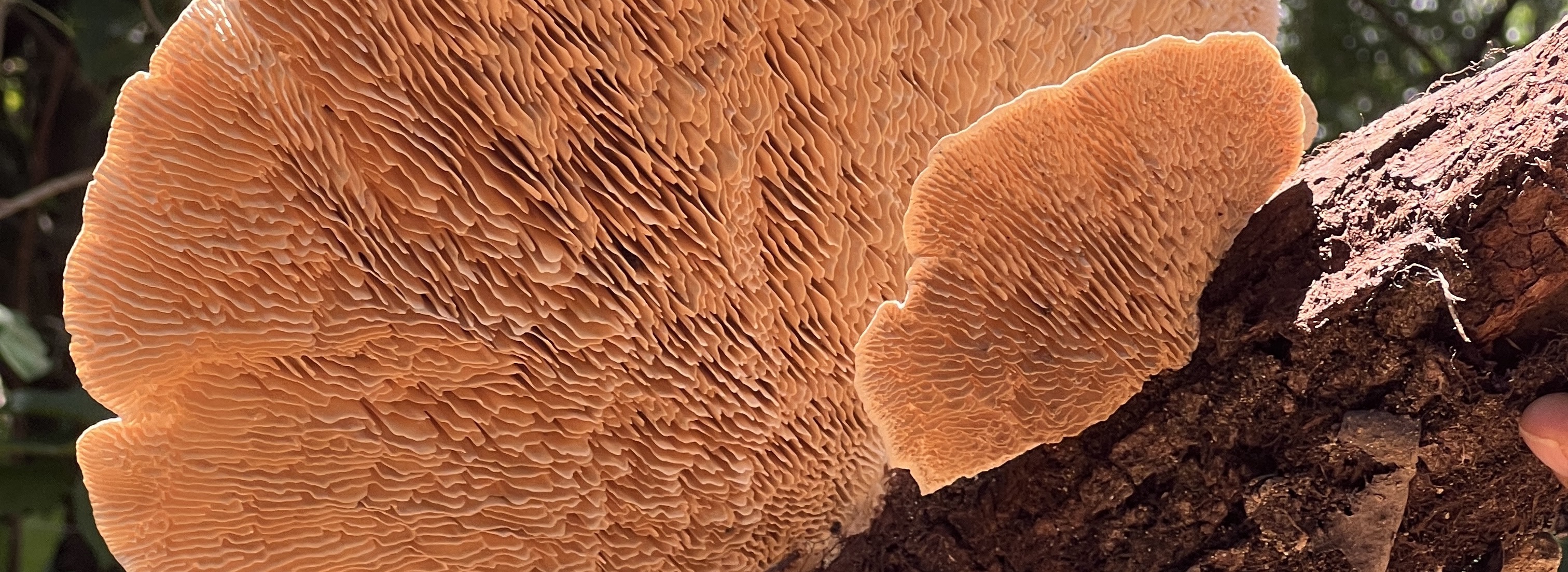
Monteverde Institute: Tropical Ecology and Conservation
Files
Download Full Text (278 KB)
Publication Date
March 2003
Abstract
Phasmids in the tropical and temperate zones are known to exhibit both polyphagous and monophagous behavior. Because more plants are better protected in the tropics, the expected number of host-plant specific insects, including Phasmids, should be higher. The diets of seven Phasmid morphospecies and a nymph group in the families Psuedophasmatidae and Phasmatidae of the Monteverde cloud forest, Puntarenas, Costa Rica, were studied. Results showed that these morphospecies consumed different amounts and different plant species (two-way ANOVA, P < 0.0001). Amount consumed increased with size as measured by tibia length. All morphospecies were polyphagous, but had differing plant preferences. Diet composition and breadth depended on morphospecies. Nymphs, however, were monophagous on Conostegia oerstediana. This study also investigated Phasmid camouflage. Phasmids of three color classes showed no significant difference in preferred resting substrate (two-way ANOVA, P < 0.0001). Phasmids most likely rely on other defense mechanisms, such as body shape and behavior, for protection.
Resumen
Phasmidas en las zonas tropical y templada han mostrado un comportamiento polifago y monofago. Porque hay más plantas que son protegidas químicamente en el trópico, se espera que el número de insectos específicos de plantas sea superior. Se estudió la alimentación de siete morfoespecies y un grupo de ninfas de Phasmidas en las familias Puedofasmatidae y Phasmatidae del bosque nuboso de Monteverde, Puntarenas, Costa Rica, al ofrecer siete plantas diferentes que fueron comidas en el campo. Los resultados mostraron que estas morfoespecies consumieron cantidades diferentes y especie de plantas diferentes (dos-moda ANOVA, P < 0.0001). La cantidad consumida creció con tamaño de tibia. Todas las morfoespecies fueron polífagos, pero tenían preferencias diferentes de plantas. Ninfas, sin embargo, fueron más específicas consumiendo solo Conostegia oerstediana. La composición y el ancho de la alimentación dependió de la morfoespecie. También, este estudio investigó el camuflaje de las Phasmidas. A Phasmidas de tres clases de colores diferentes se les ofreció tres substados diferentes, pero no hubo diferencias importante entre la coloración de Phasmida y substrado (dos-moda ANOVA, P < 0.0001). Phasmidas probablemente depende de otros mecanismos para defenderse, como lo es la forma del cuerpo y su comportamiento.
Extent
9 pages
Holding Location
Monteverde Institute
Language
English; Spanish
Media Type
Articles
Format
Digital Only
Identifier
M39-00127
Type
Book
Recommended Citation
Prange, Jackie, "Plant preference and camouflage in Phasmid morphospecies, March 2003" (2003). Monteverde Institute: Tropical Ecology and Conservation. 494.
https://digitalcommons.usf.edu/tropical_ecology/494


